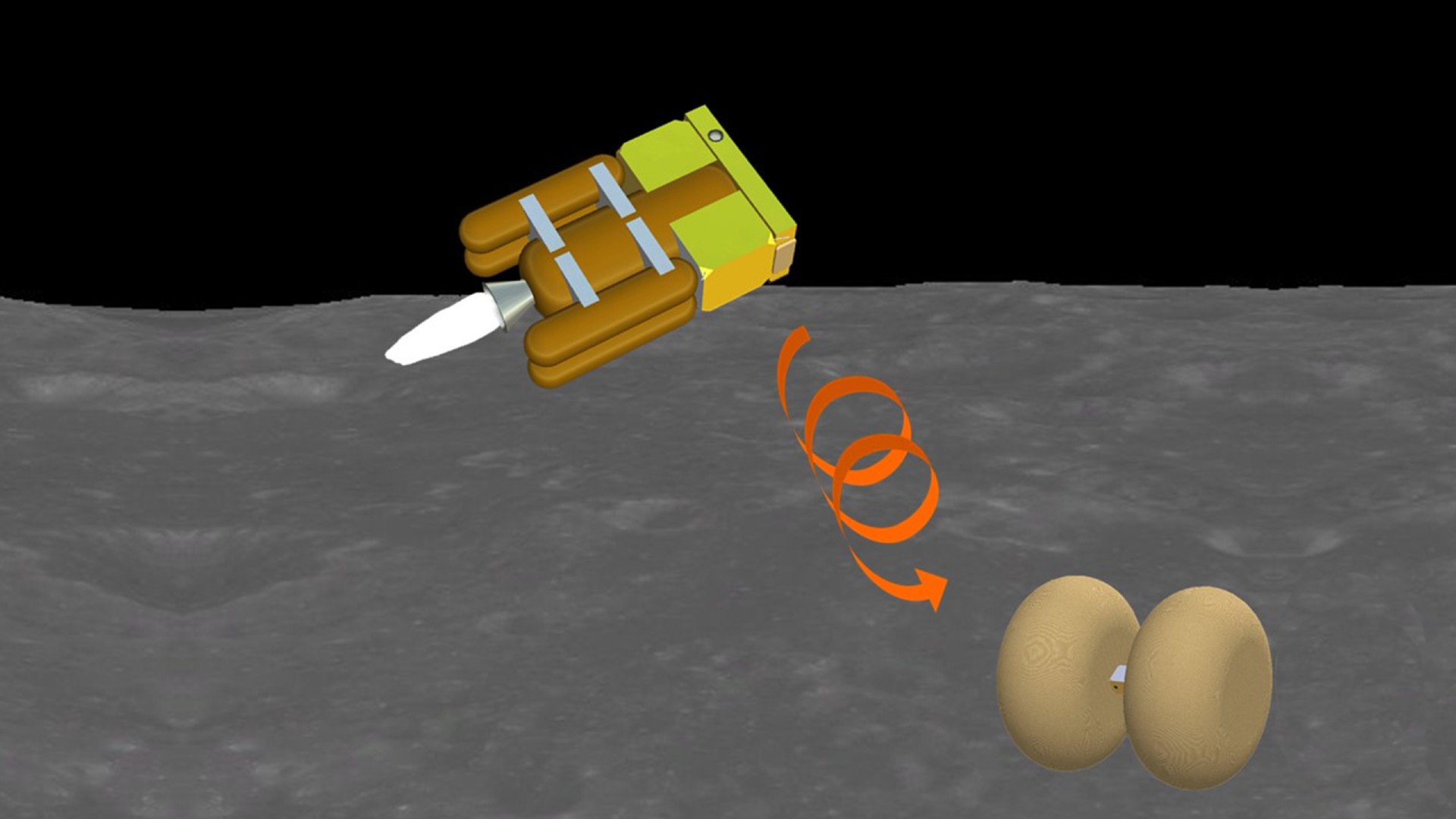Artemis 1 will carry tiny Japanese lunar lander to the moon
The smallest lunar lander to date is designed to make a "semi-hard survivable landing" on the moon.

NASA's upcoming Artemis 1 mission might be flying to the moon, but it won't be landing there.
One of its payloads will be, however. The OMOTENASHI lunar lander, a CubeSat built by the Japan Aerospace Exploration Agency (JAXA) and the University of Tokyo, will be the only one of the Artemis 1 mission's ten secondary payloads to conduct a controlled landing on the moon.
The lander's name stands for "Outstanding MOon exploration Technologies demonstrated by NAno Semi-Hard Impactor," and helps describe the tiny spacecraft's mission.
Related: NASA's Artemis 1 moon mission: Live updates
The mission is designed to be a technical demonstration of the small, low-cost spacecraft's landing abilities, testing everything from trajectory maneuvers to communications systems. As a six-unit (6U) CubeSat, OMOTENASHI only weighs about 30 pounds (14 kilograms) on Earth, which makes it the smallest lunar lander to date. Most landers are orders of magnitude larger — NASA's Surveyor 1 lunar lander, the first American spacecraft to land on the moon, weighed 2,194 pounds (995.2 kilograms).
"In the near future, industry, academia, and even individuals will be able to, and should, easily participate in space exploration. To realize such a world, small and low-cost spacecraft will be indispensable,” Dr. Tatsuaki Hashimoto, OMOTENASHI's principal investigator, said in a statement in 2016.
After OMOTENASHI separates from the Space Launch System (SLS) rocket, it will enter a lunar impact orbit with a single maneuver of its orbit module. Using a solid rocket motor, the spacecraft will slow its descent, coming to an almost complete stop at an altitude of 328 to 626 feet (100 to 200 meters) above the lunar surface. Then the motor will shut off, and OMOTENASHI will free fall to the surface, using airbags and a shock absorption system to cushion its semi-hard, but survivable landing.
Breaking space news, the latest updates on rocket launches, skywatching events and more!
Throughout its descent and once on the surface, OMOTENASHI will measure radiation levels as a secondary mission.
Follow Stefanie Waldek on Twitter @StefanieWaldek. Follow us on Twitter @Spacedotcom and on Facebook.

Space.com contributing writer Stefanie Waldek is a self-taught space nerd and aviation geek who is passionate about all things spaceflight and astronomy. With a background in travel and design journalism, as well as a Bachelor of Arts degree from New York University, she specializes in the budding space tourism industry and Earth-based astrotourism. In her free time, you can find her watching rocket launches or looking up at the stars, wondering what is out there. Learn more about her work at www.stefaniewaldek.com.
